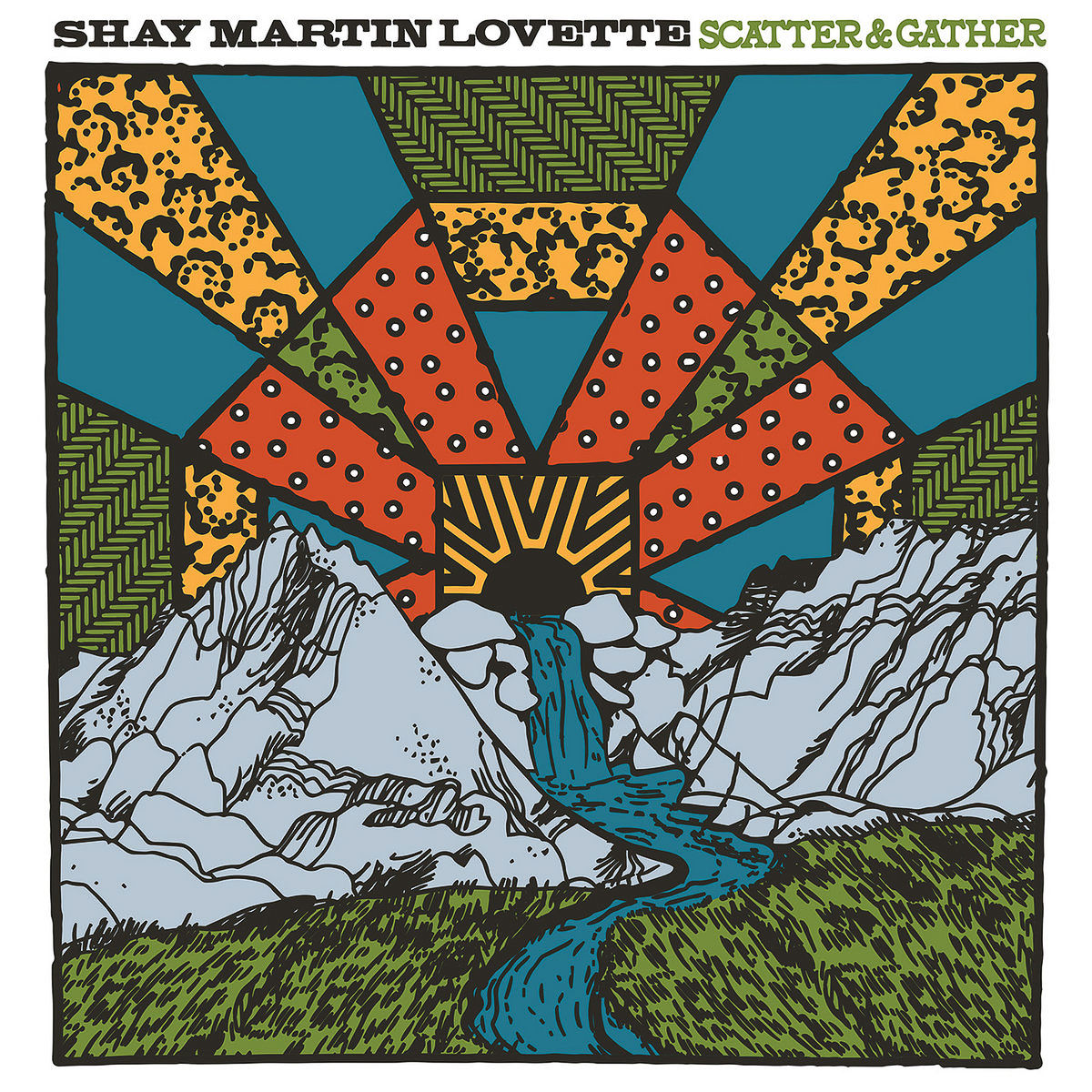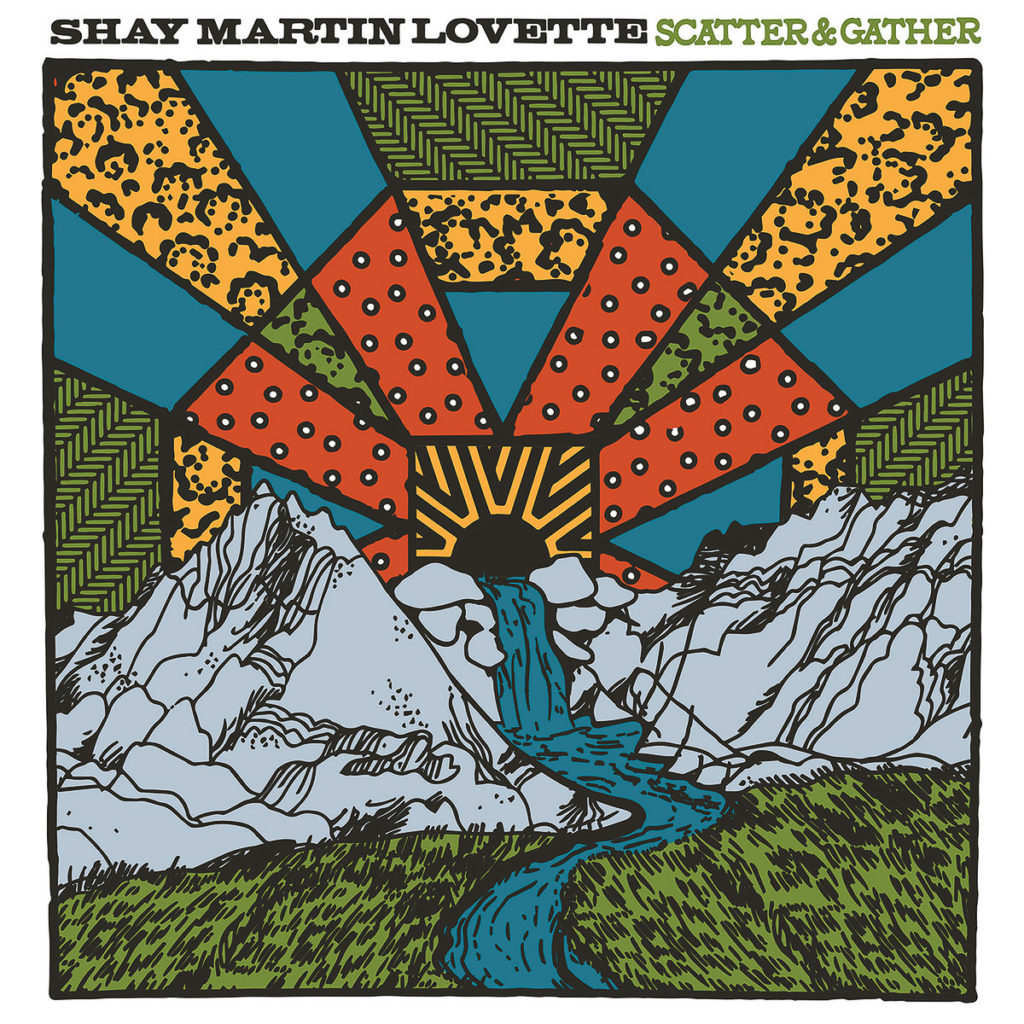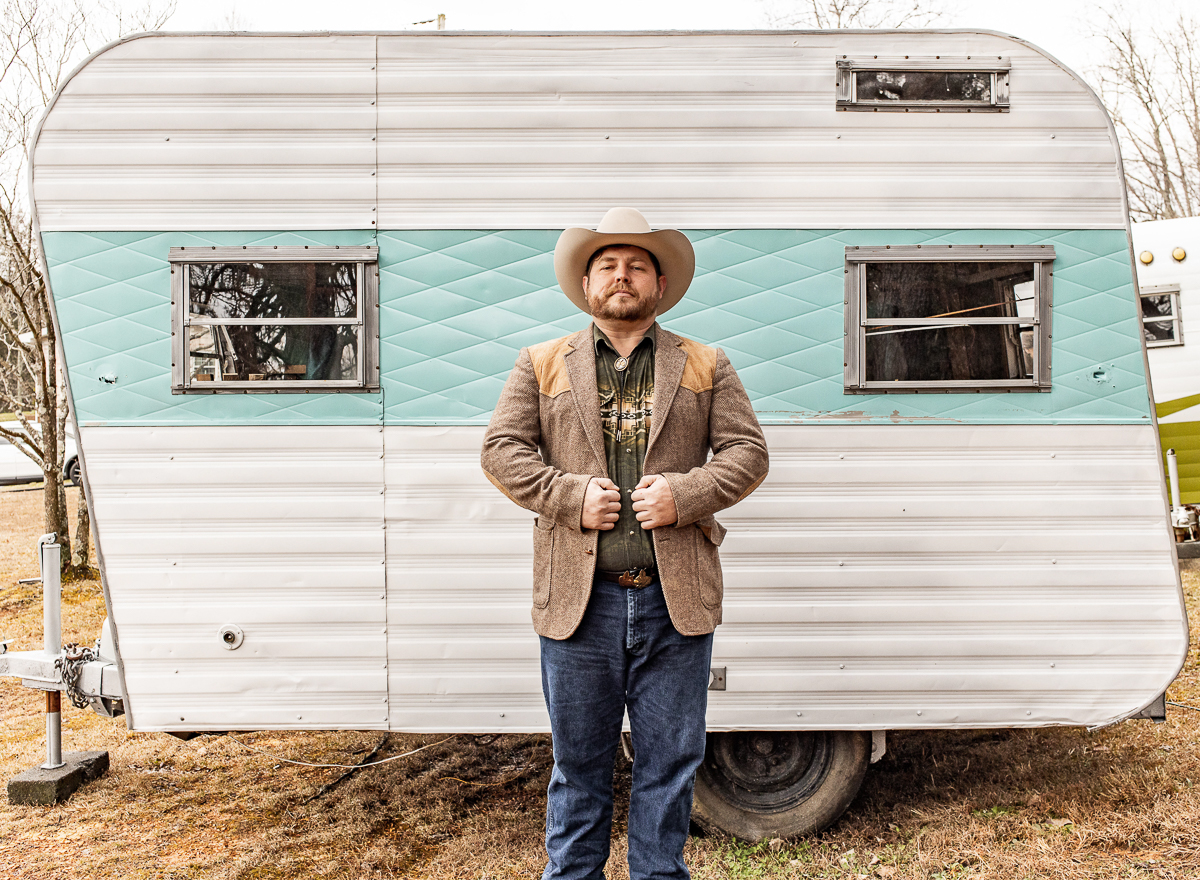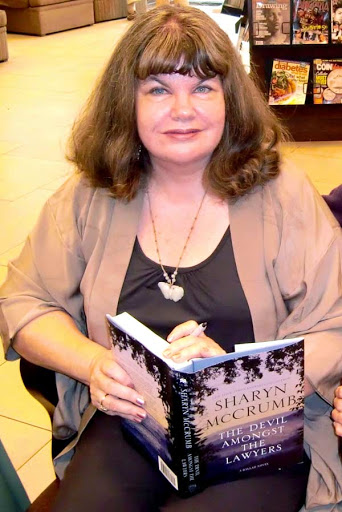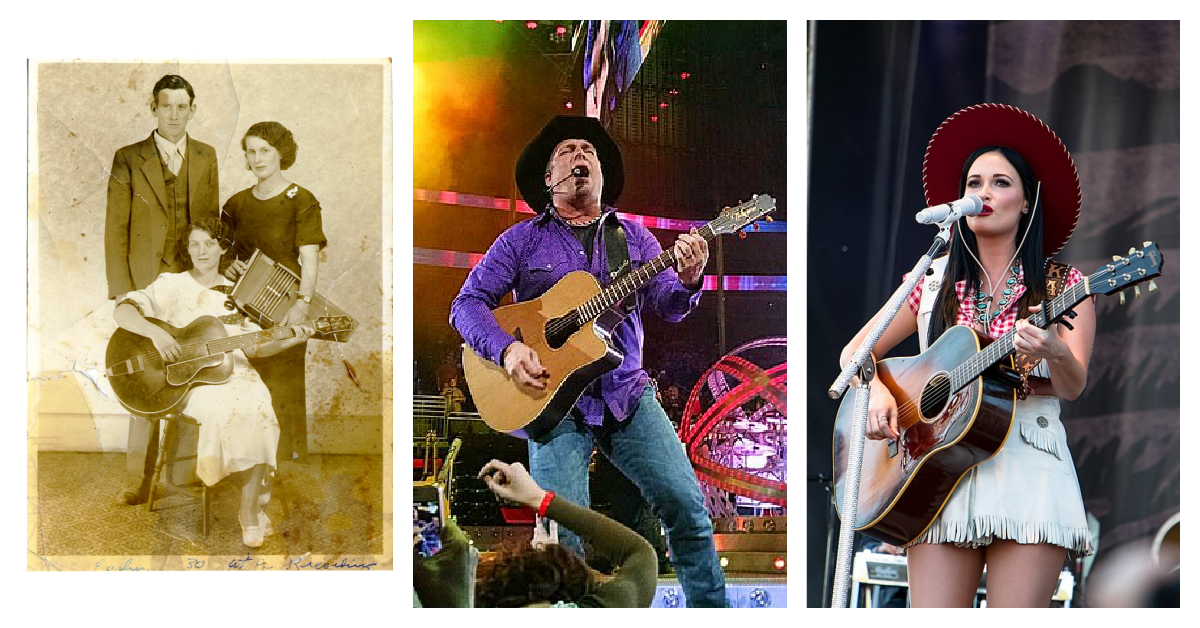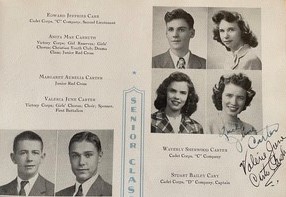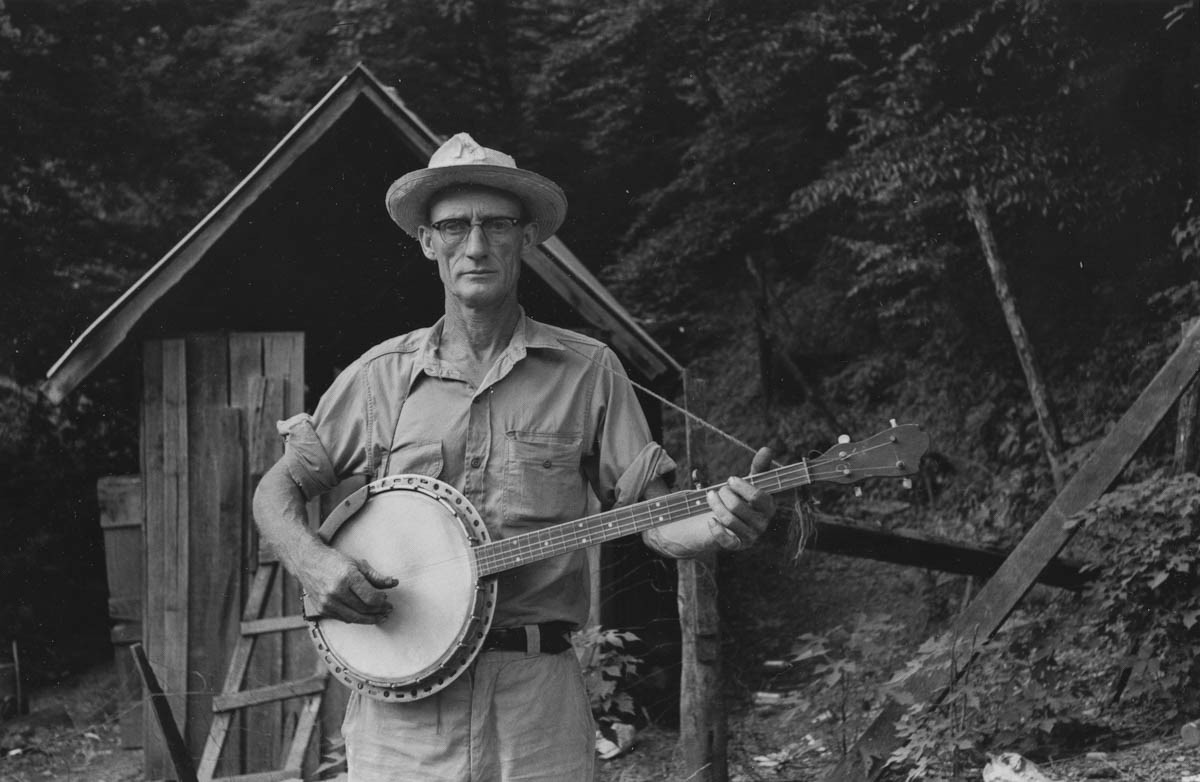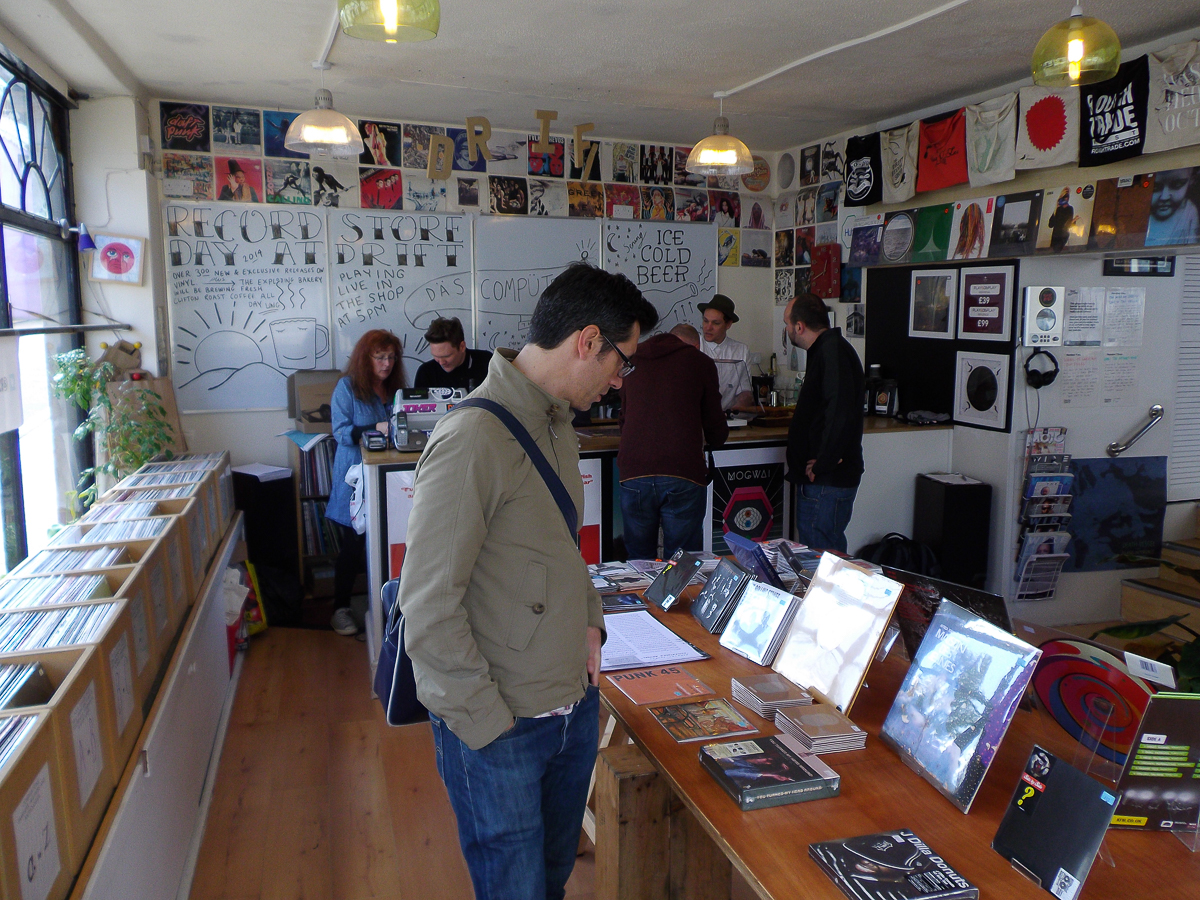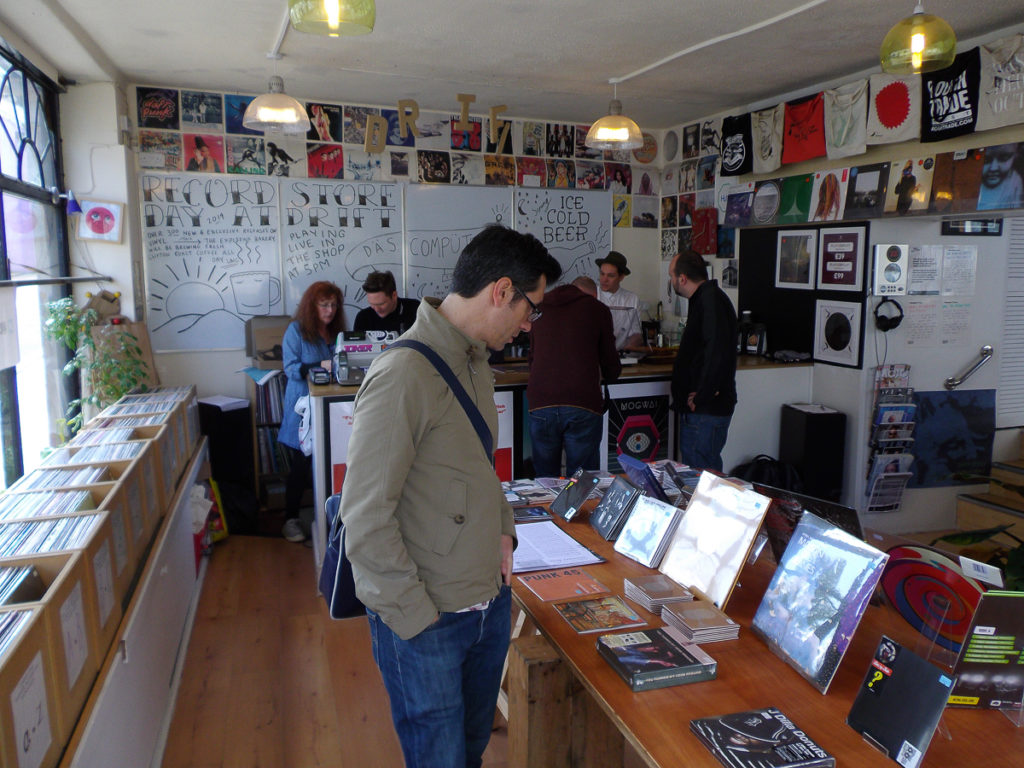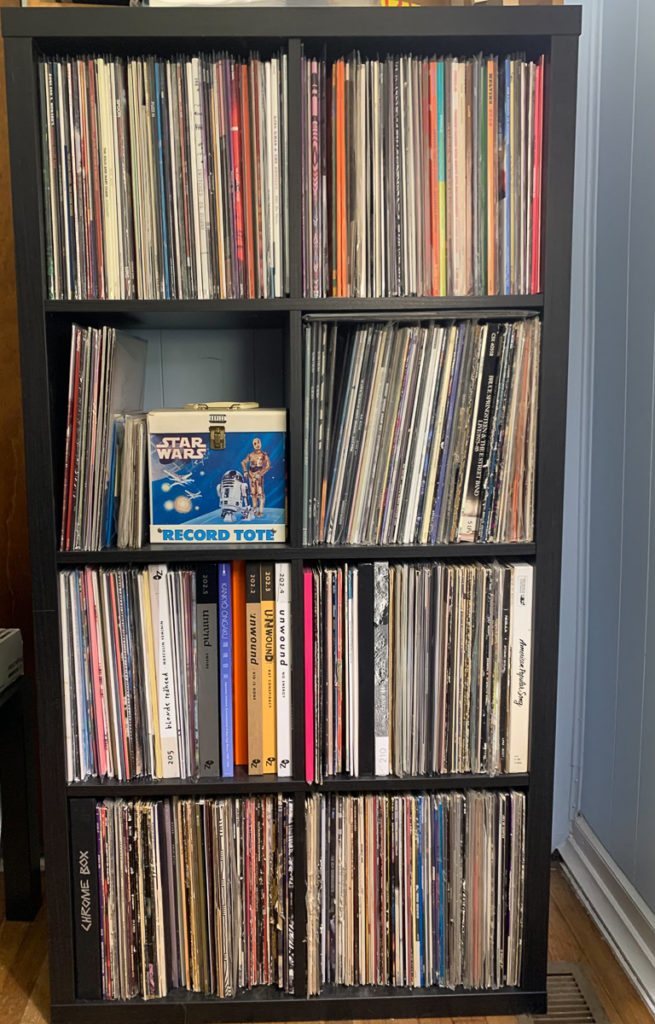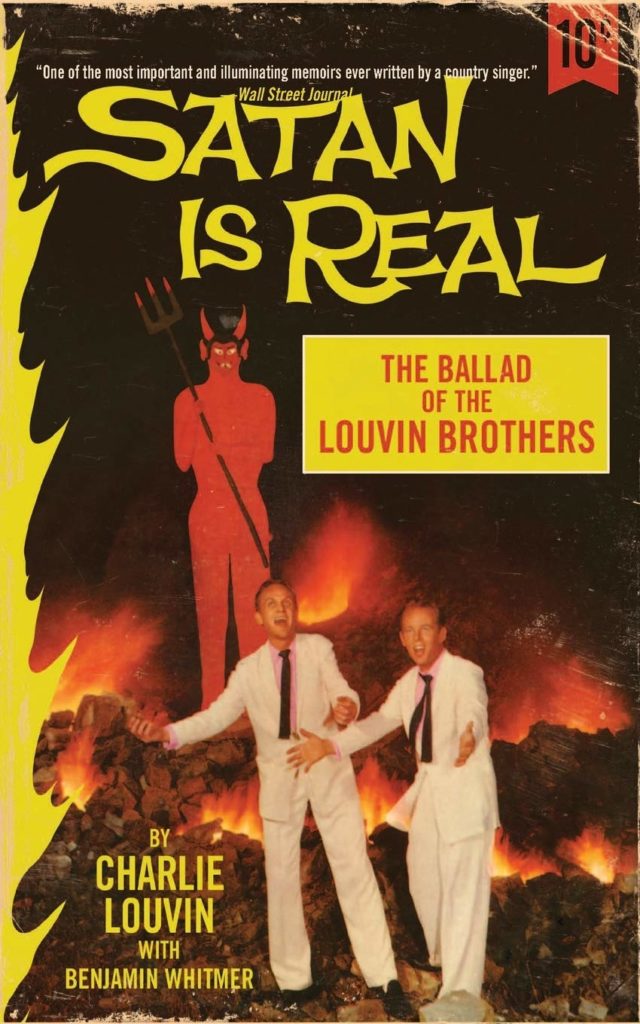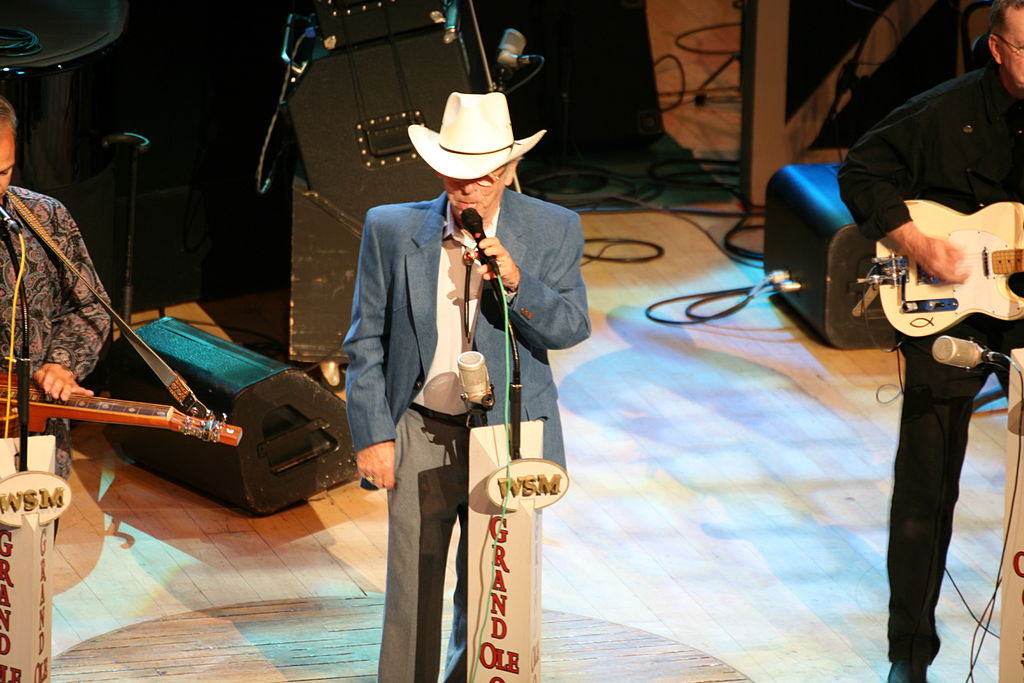Want to know what’s behind our closed museum vault door? With “From the Vault,” we take you behind the scenes to learn more about some of the interesting objects in our museum collections.
Long before the invention of the internet and being able to purchase goods online, you would have to travel to the nearest store or market to get the items you wanted, or even make them yourself. But that all changed with the introduction of mail-order shopping – and today being National Mail-Order Catalog Day makes it the perfect time to dive into that history and our collection to explore this history more!
Back in the 1800s, the railroads were hugely important in America, used for passenger travel, freight transport, and within specific industries like timber and coal. For Richard Warren Sears, the railroad was also his way of life. He worked as a railway station agent in North Redwood, Minnesota, which is also where Sears got into the merchandise industry. One day, he bought a shipment of watches after its delivery was refused by a jeweler. Sears then sold the watches to other station agents for a low price, making a profit for himself in the process. He had so much success with this initial foray into retail that he soon created his own company called R. W. Sears Watch Company.

In 1887 Sears met Alvah C. Roebuck, a watch repairman, and they moved the company to Chicago. In the same year, they also sent out their first mail-order catalog, which sold jewelry, diamonds, and of course, watches. Together in 1893, they created a new mail-order business that they called Sears, Roebuck and Company, and they began selling even more types of goods. The railroad again played a role in Sears’ business as trains, as well as the postal service’s Pony Express, helped to transport the merchandise they sold.
This advent of mail-order catalogs was transformative for customers. As the Sears, Roebuck Catalogue expanded and the goods for sale continued to grow, you could buy anything from jewelry and watches to musical instruments and houses! In 1897 – 30 years prior to the 1927 Bristol Sessions – customers could order an Edison phonograph from the Sears, Roebuck Catalogue, and the guitar that Maybelle Carter used on those Bristol recordings was also from the catalog. Besides guitars, the Sears, Roebuck Catalogue also sold violins (or fiddles), banjos, ukuleles, mouth organs (harmonicas), accordions, cornets, trombones, saxophones, trumpets, mellophones (French horns), clarinets, piccolos, flutes, drums, cymbals, triangles, tambourines, pianos, and all the accessories you could ever need for your instruments!

Here at the Birthplace of Country Music Museum, there is a facsimile of the 1927 Sears, Roebuck Catalogue on display in the permanent exhibits, along with other copies in the museum vault. As a museum intern this summer, I focused on the museum’s collections, which gave me the chance to thoroughly inventory the vault, and this catalog always seemed to draw me in. I grew up in the age of the internet, where you can buy everything and anything – to me, the Sears, Roebuck Catalogue seems like the past version of Amazon!
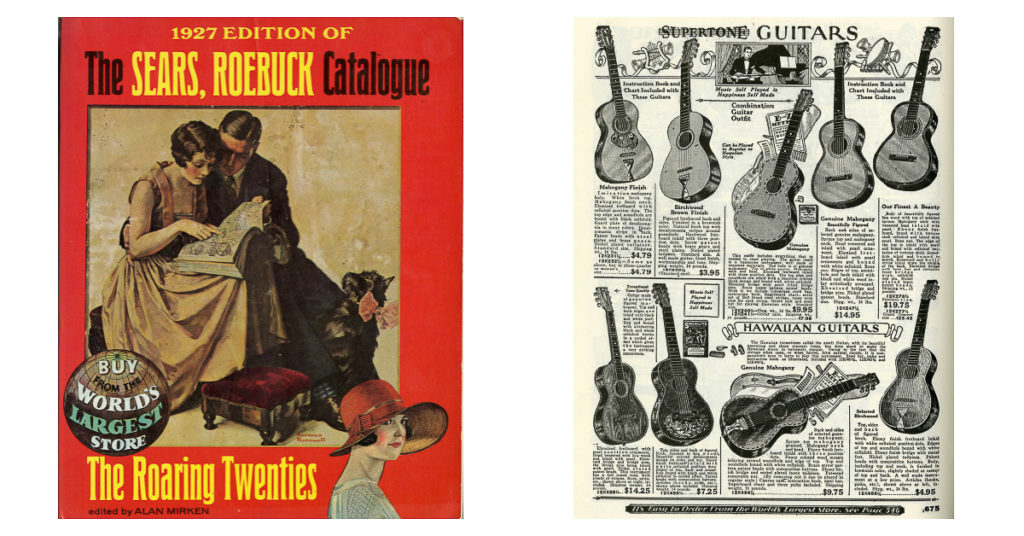
Even though the Sears, Roebuck Catalogue was discontinued before I was born, I have many memories of my grandparents, aunts, uncles, and parents telling me about receiving these catalogs, especially right before the holidays. The Christmas holiday issue in particular – called the Sears Wishbook – would include even more products than normal, especially toys and other gifts. My relatives would always tell me that they would circle the items that they wanted, and their parents would plan their present shopping from there.
The Sears, Roebuck Catalogue is a great example of a collections item that on first glance doesn’t seem to be about music – or even history – but that connects to the 1927 Bristol Sessions story and also reveals historical and economic context to the time in which the artists from those recordings lived.
Julia Underkoffler is a senior at Shepherd University in West Virginia, majoring in Historic Preservation and Public History. She was a Birthplace of Country Music Museum intern this past summer, when she worked on the museum collections, within the museum’s frontline team, and on various other curatorial tasks.



